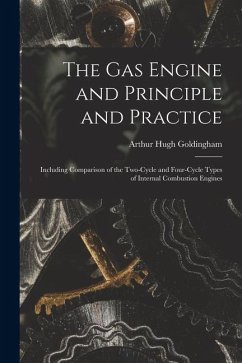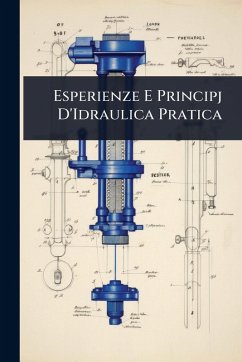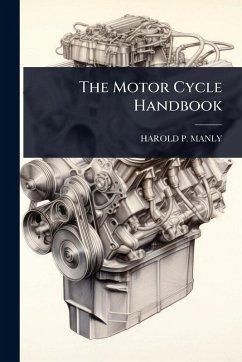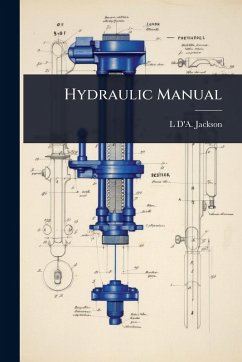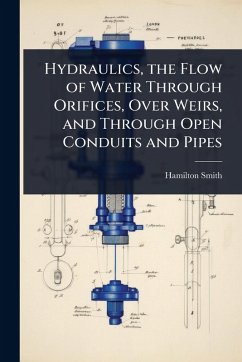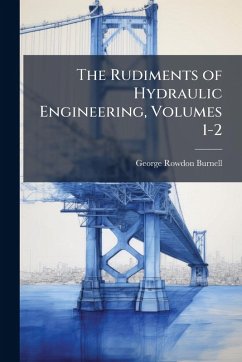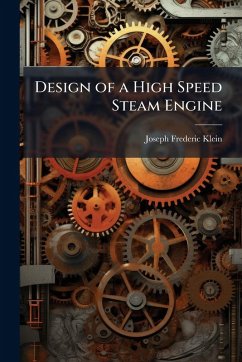
Design of an Oxygen Turbopump for a Dual Expander Cycle Rocket Engine

PAYBACK Punkte
8 °P sammeln!
The design of a pump intended for use with a dual expander cycle (LOX/H2) engine is presented. This arrangement offers a number of advantages over hydrogen expander cycles; among these are the elimination of gearboxes and inter-propellant purges and seals, an extended throttling range, and higher engine operating pressures and performance. The target engine has been designed to meet the needs of Phase III of the Integrated High Payoff Rocket Propulsion Technology (IHPRPT) program; thus, this pump must meet the program's reliability, maintainability, and service life goals. In addition, this pu...
The design of a pump intended for use with a dual expander cycle (LOX/H2) engine is presented. This arrangement offers a number of advantages over hydrogen expander cycles; among these are the elimination of gearboxes and inter-propellant purges and seals, an extended throttling range, and higher engine operating pressures and performance. The target engine has been designed to meet the needs of Phase III of the Integrated High Payoff Rocket Propulsion Technology (IHPRPT) program; thus, this pump must meet the program's reliability, maintainability, and service life goals. In addition, this pump will be driven by warm gaseous oxygen. In order to meet the needs of this engine, the pump will need to be capable of delivering 106 lbm/s (48.1 kg/s) at 4500 psi (31 MPa); this will necessitate a turbine capable of supplying at least 2215 hp (1652 kW). The pump and turbine were designed with the aid of an industry standard design program; the design methodology and justification for design choices are presented. Appropriate materials of construction and bearings for this pump are discussed. This work has been selected by scholars as being culturally important, and is part of the knowledge base of civilization as we know it. This work was reproduced from the original artifact, and remains as true to the original work as possible. Therefore, you will see the original copyright references, library stamps (as most of these works have been housed in our most important libraries around the world), and other notations in the work. This work is in the public domain in the United States of America, and possibly other nations. Within the United States, you may freely copy and distribute this work, as no entity (individual or corporate) has a copyright on the body of the work. As a reproduction of a historical artifact, this work may contain missing or blurred pages, poor pictures, errant marks, etc. Scholars believe, and we concur, that this work is important enough to be preserved, reproduced, and made generally available to the public. We appreciate your support of the preservation process, and thank you for being an important part of keeping this knowledge alive and relevant.



